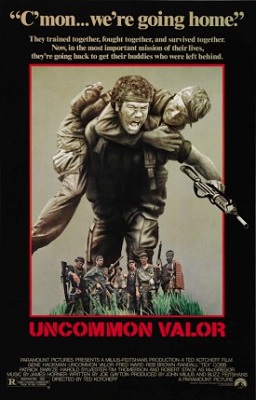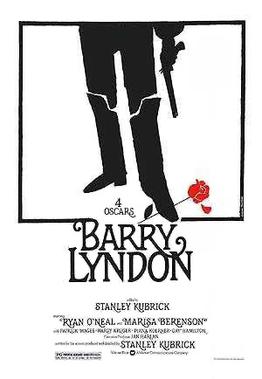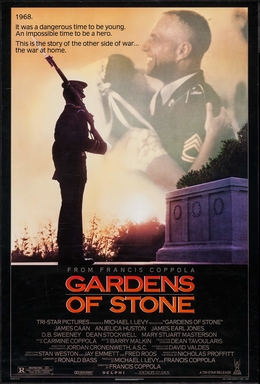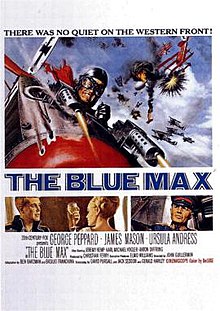“Where Eagles Dare” is one of the movies adapted from
an Alistair MacLean novel. Others
included “Guns of Navarone” and “Ice Station Zebra”. MacLean was
basically my generation’s Jack London.
He wrote adventure novels for men and Hollywood loved him. Note the fact that the movie came out just
one year after the book. “Where Eagles
Dare” is one of my favorite movies and I have seen it several times, but I had
not read the source novel until recently.
I was curious how the movie differed from the book. Since the screenplay was written by MacLean,
I did not expect much difference. Based
on my professed belief that movies should be better than the books they are
based on, I expected the movie to be better.
I have already reviewed the movie.
You can go to “Where Eagles Dare” to read it. The following concentrates on how the book
differs from the movie. Spoiler alert:
don’t read on if you plan on reading the book.
The mission is the same. All of the Allied characters are the same,
with some name changes for no particular reason. They parachute from a Lancaster bomber. No “green on – go!”, but we do get
“Broadsword calling Danny Boy”. One
small difference is that Smith (Richard Burton) and Mary (the blonde) return to Harrod’s body to find that he
was killed. In the tavern scene, Heidi (the brunette) turns the men over to the Gestapo rather than Smith giving up. Smith and Schaffer (Clint Eastwood) escape from their captors
in the car by way of Smith conning them into thinking he is Himmler’s
nephew. In the first inkling that the
book will differ in tone from the movie, they tie up the Germans and move
on. Smith and Schaffer blow up a truck
as a distraction so they can get on top of the cable car for the trip to the
Schloss Adler. The note book scene is
recreated in the movie, but with more exposition. Von Brauchitsch (the blonde Nazi)) interrupts and shoots Smith in the hand. Smith and Schaffer get the upper hand again
when Anne Marie (the secretary) takes Mary into another
room to torture her, but Mary kicks her ass and rescues the boys. Von Brauchitsch and the others are drugged
instead of killed. They go to the radio
room and Schaffer holds off the Germans in the corridor without killing
anyone. They put a rope outside a window
to trick the Germans. None of the trio of traitors is killed going down the rope. Schaffer
throws explosives into several rooms and they set fire to the records’ room to
create distractions.
In
the famous cable car fight, it’s Smith versus all three agents. They fire through the roof using a machine
gun and the leader Carraciola (the book develops one of the trio as the lead
villain) climbs on top and is about to shoot Smith when he is hit by a
suspension arm. He is the first German
killed in the book! Smith plants the
explosives and hops onto an ascending car by way of a pylon. When he, Schaffer, Mary, and Jones go down,
they jump off a few feet from the station.
They do not drop into the river.
They leave in the bus and Schaffer throws out bottles to impede the
pursuers! They are fired on by a Tiger
tank. They do blow up a bridge, but
after that it is smooth sailing to being picked up by a Mosquito. They are not fired on at the air field and do
no firing. The face-off with
Wyatt-Turner is the same, if a bit more verbose. The movie closes with Schaffer and Heidi
making plans to live happily ever after.
As predicted the movie is superior to the novel. If the book had been faithfully rendered, it
is safe to say it would not be as memorable.
There is nothing significantly different in the screenplay, but it is
obvious Hollywood told screenwriter MacLean to up the violence. The novelist MacLean is a real
humanitarian. The only important
characters that are killed are the three double agents. Unbelievably, at one point, Smith runs back
to untie a German who was in danger of being roasted by the fire that ends up
destroying the castle! When the bus runs
into a German vehicle, the occupants are barely injured. The screenwriter MacLean totals up an
incredible body count. It is hard to
believe the novel and movie were written by the same person. Another advantage of the movie (unless you
are a wuss and don’t like to see numerous humans machine gunned to death) is it
has half the dialogue of the book. The
book’s strength is not the quality of the dialogue. There is too much of it and the bantering
between the comedy team of Smith and Schaffer is tedious. I wonder if Clint Eastwood glared at MacLean
when he first read the script and then took a black marker to it. If so, kudos.
It is unimaginable that Eastwood would utter lines like “say a prayer
for us, honey. And if you don’t know any
prayers, keep your fingers crossed till they ache.” There is even a running gag that Schaffer is
from Montana, but he does not get along with horses. Hilarious, not.
If you have seen the movie but have not read the book
I cannot recommend that you read the book.
It does not fill in any blanks and you will be constantly wondering when
the killing is going to begin. You also
will be squirming as you imagine Eastwood uttering the lines MacLean puts in
Schaffer’s mouth.
BOOK = B-
MOVIE = A

















